Scriptures
 Zoroastrianism's scriptures are the Avesta or the Zend Avesta [Pahlavi avesta=law, zend=commentary]. The Avesta consists of fragmentary and much-corrupted texts; it is written in old Iranian, a language similar to Vedic Sanskrit. The major sections of the Avesta are four-the Yasna, a liturgical work that includes the Gathas ("songs"), probably the oldest part of the Avesta and perhaps in part written by Zoroaster himself; the Vispered, a supplement to the Yasna; the Yashts, hymns of praise, including the Khurda ("little") Avesta; and the Videvdat, a detailed code of ritual purification, often erroneously called the Vendidad. Other sources of information on Zoroastrianism are Achaemenid inscriptions, the writings of Herodotus, Strabo, and Plutarch, and the commentaries on the Avesta written (6th cent. A.D.) in Pahlavi, a Persian dialect used as a priestly language, under the Sassanids.
Zoroastrianism's scriptures are the Avesta or the Zend Avesta [Pahlavi avesta=law, zend=commentary]. The Avesta consists of fragmentary and much-corrupted texts; it is written in old Iranian, a language similar to Vedic Sanskrit. The major sections of the Avesta are four-the Yasna, a liturgical work that includes the Gathas ("songs"), probably the oldest part of the Avesta and perhaps in part written by Zoroaster himself; the Vispered, a supplement to the Yasna; the Yashts, hymns of praise, including the Khurda ("little") Avesta; and the Videvdat, a detailed code of ritual purification, often erroneously called the Vendidad. Other sources of information on Zoroastrianism are Achaemenid inscriptions, the writings of Herodotus, Strabo, and Plutarch, and the commentaries on the Avesta written (6th cent. A.D.) in Pahlavi, a Persian dialect used as a priestly language, under the Sassanids.Origins and Beliefs
In its origins Zoroastrianism appears to have been the religious expression of the peaceful, sedentary communities of N Iran as opposed to the animistic polytheism of their enemies, the nomadic horsemen. Zoroaster consistently contrasts these two peoples as the People of Righteousness (asha) and the People of the Lie (druj). The religion was concerned with increasing the harvest and with protecting and treating kindly the domestic animals whose labors accomplished the production of food.
Gradually certain practices that Zoroaster appears to have deplored, such as the use of haoma (a narcotic intoxicant) in prayer and the sacrifice of bulls in connection with the cult of the god Mithra (a lesser god in Zoroastrianism), became features of the religion. It is not surprising, however, that former customs should be thus revived, because Zoroaster appears to have incorporated in his religion the old Persian pantheon, although very much refined. Instead of tolerating the worship of all the deities, however, he divided them into those who were beneficent and truthful and those whose malevolence and falseness made them abhorrent.
Heading the good spirits was Ahura Mazdah (also Ormazd or Ormuzd) [sovereign knowledge], in primitive Zoroastrianism the only god. Six attendant deities, the Amesha Spentas, surround him. These abstract representations, formerly the personal aspects of Ahura Mazdah, are Vohu Manah [good thought], Asha Vahista [highest righteousness], Khshathra Vairya [divine kingdom], Spenta Armaiti [pious devotion], Haurvatat [salvation], and Ameretat [immortality]. In time the Amesha Spentas became archangelic in character and less abstract. Opposing the good ahuras were the evil spirits, the daevas or divs, led by Ahriman. The war between these two supernatural hosts is the subject matter of the fully developed cosmogony and eschatology of Zoroastrianism.
The entire history of the universe, past, present, and future, the religion teaches, is divided into four periods, each of 3,000 years. In the first period there was no matter; the second preceded the coming of Zoroaster; and in the third his faith is propagated. The struggle between good and evil rages during the first nine millennia, and humans help Ahura Mazdah or Ahriman according to whether their conduct is good or evil. Each person after death crosses the Chinvato Peretav [bridge of the separator], which spans hell. If he is reprobate, the bridge narrows and he tumbles to perdition, but if he is worthy of salvation he finds a wide road to the realm of light. In the fourth period of the universe a savior, Saoshyant, will appear, the dead will rise for their final reward or punishment, and good will reign eternally.
Zoroastrianism should be regarded as quasi-dualistic, rather than (as sometimes described) wholly dualistic, since it predicts the ultimate triumph of Ahura Mazdah. This god may be represented in the form of the pure natural substances that he has created, notably fire but also water and earth. The special veneration shown to fire and its use in religious ceremonies has led to the erroneous belief that the Zoroastrians were fire worshipers. The care taken to avoid contaminating these natural substances led to great elaboration of the purification ritual.
History
The religion's priests, successors to the pre-Zoroastrian Magi, acquired great power by their command of the techniques of purification. The priests also had great influence on the government in the first period of Zoroastrianism, that under the Achaemenids, when it was for a time the state religion. Alexander's conquest of Persia and the collapse of the Achaemenids destroyed the privileged position of Zoroastrianism. Little is known of the religion for the next 500 years, except that an offshoot, Mithraism (stemming from the worship of Mithra), was taking hold farther west. Zoroastrianism reemerged (c.A.D. 226) under Ardashir I, who established the Sassanid dynasty and fostered a general revival of Achaemenian culture. For four centuries Zoroastrianism was the state religion of the Sassanids, and it successfully met the challenge of nascent Christianity and, later, of heretical Manichaeism. In the mid-7th cent. Persia fell to Islam, and Zoroastrianism largely disappeared. The Parsis of India, centered on Mumbai, probably form the largest group of modern Zoroastrians, who are estimated to number between 124,000 and 190,000. Estimates of the number of persons (concentrated in Yazd, Tehran, and Kerman) who practice the religion in Iran today vary widely. Zoroastrianism affected Judaism (particularly during the time of the Captivity) and, through Gnosticism, Christianity.
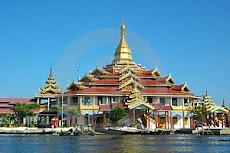
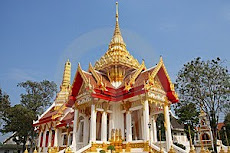



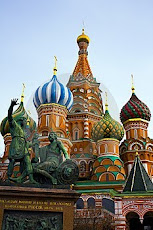








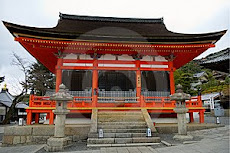

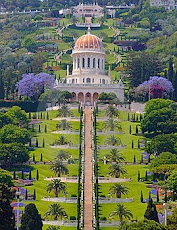



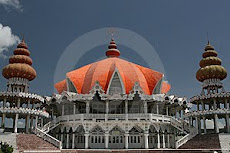

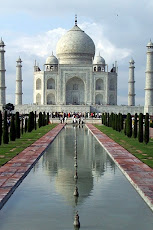




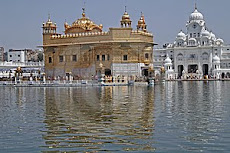
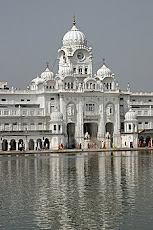















No comments:
Post a Comment